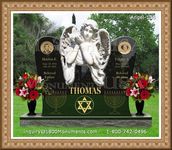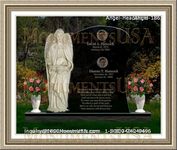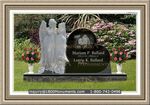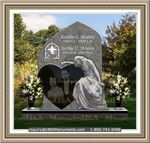|
Basics You Should Expect When Considering Car Funeral Flags
A great many small details need be attended when one is charged with planning a loved one's final arrangements. Among these is ensuring that all the bereaved are able to find the interment site when memorial services are held at a different location. One way to do this is to use funeral flags and everyone travel as a group from one place to another.
The parade of mourners following the remains of an individual from the location of services to the site of interment is known as a procession. In some cultures it consists of people walking and carrying the body to its final resting place, though more commonly it is a line of vehicles. The chain is led by the hearse with the deceased inside.
The processional line up usually begins with the hearse, which transports the body or remains of the one being mourned. Then comes the limousine, or car that holds the deceased's spouse, parents, children or significant other. Next in order are immediate family members followed by all other vehicles carrying mourners.
Though many times funerary processions are granted a police escort to ensure the group travels uninterrupted, additional methods may also be used. Banners, normally supplied by the Home handling the arrangements, are a traditional way to identify those included in the group. There are several different styles available.
One option is a wide banner that stretches across a vehicle's hood like a ribbon, stating the procession's purpose. Another choice is a pennant that flies from a plastic pole that is held in place by the window of the car's door. An alternate version of the flag is a style that uses a magnetic base to hold firmly to the automobile's roof or body.
Products of this type typically stand nearly a foot tall and use flexible staffs to prevent breakage from strong winds. The banners are usually about 6 x 9 inches which makes them easy to see. Color options may vary with some of the more common options being purple, white and orange, all with contrasting crosses centered on them.
|
|



























